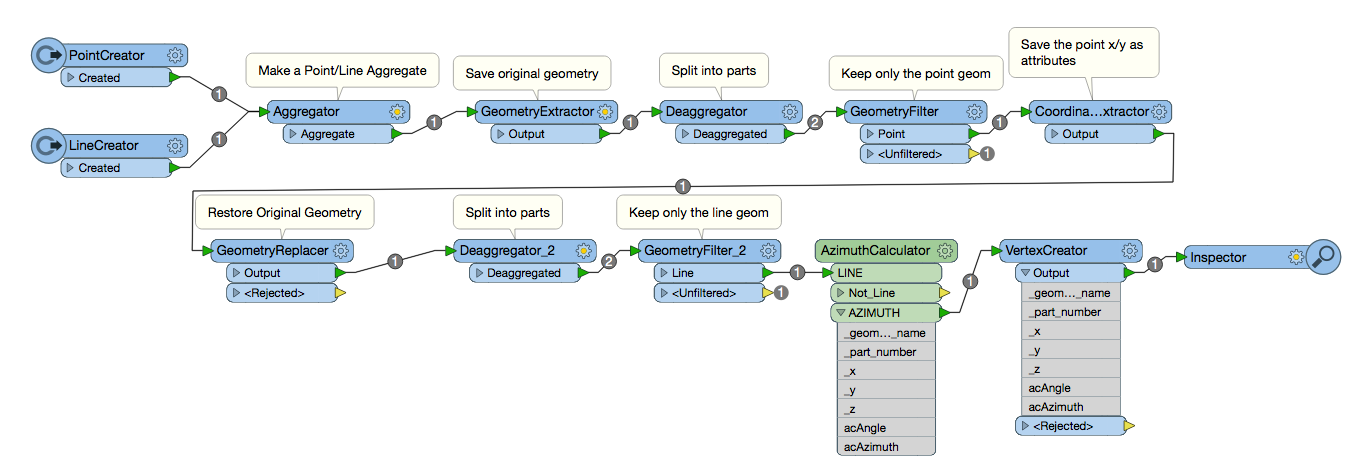I am using an aggregated object to insert a cell using the dgnstyler. The aggregated object has 2 geometries, a point and a line. I need to use the line as a reference for the angle of the cell rotation, but I do not know how to derive an angle for this line. Can someone help me find a way to do this?
Best answer by fmelizard
View original





